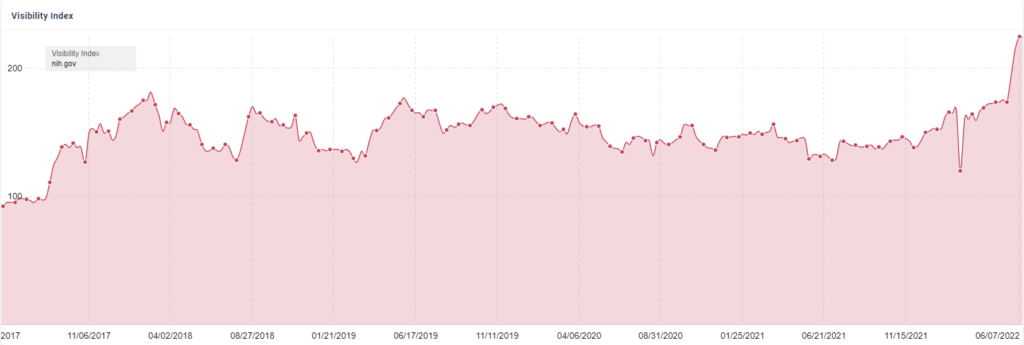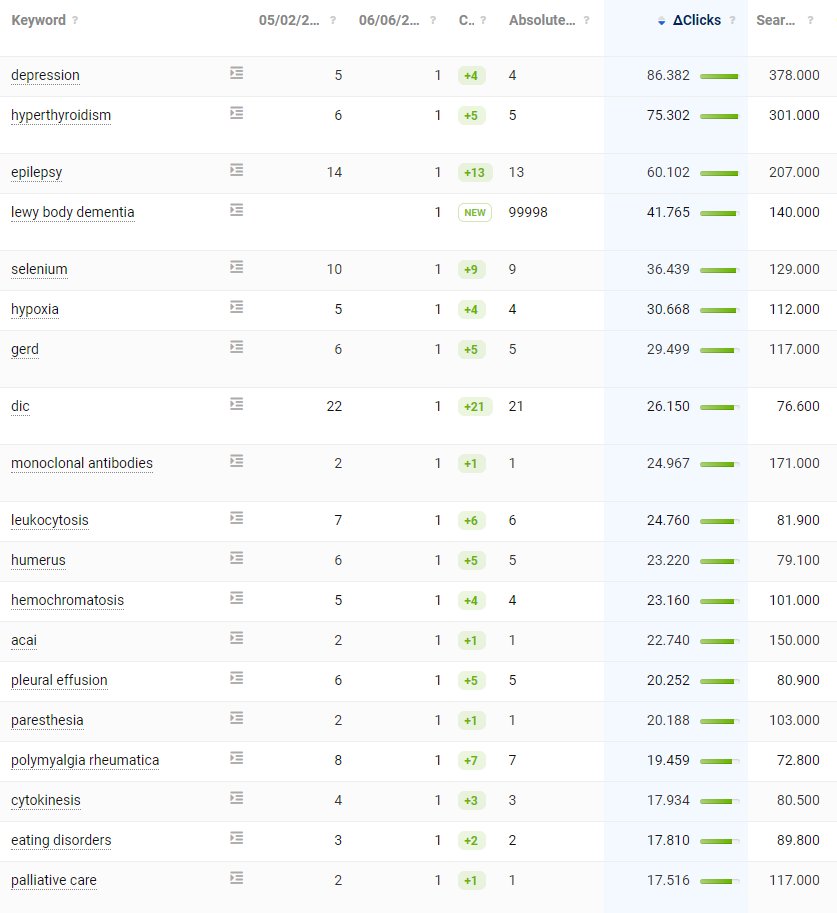Google updates the way its search algorithm works thousands of times per year. Here’s how to stay ahead of its inevitable changes.
Keeping track of how Google changes its algorithm is a tall task. According to Senior Webmaster Trends Analyst at Google John Mueller, “we make changes almost every day.” A notoriously active and communicative source of SEO and search news, Mueller’s comments on social platforms are often the clearest confirmation of algorithm changes. This is in large part due to Google’s desire to keep some level of secrecy around what changed so people looking to game the system still need to put in the legwork to understand the shifting landscape.
The vast majority of updates to Google’s algorithm come with no fanfare, let alone confirmation. Most days, these changes don’t make much of a notable impact on rankings pages. Others can massively shift millions of search results pages overnight. A recent example from the May 2022 Core Update helped the National Institute of Health, a consistently well-performing site, to secure the top spot for high-value terms including “energy drinks,” “acai,” “chamomile,” and “antioxidant” among others.


These graphs and figures were captured by Lily Ray, one of the SEO experts leading the team here at Amsive, and a well-known industry thought leader. She stays on top of major updates like these to give a breakdown of which sites gained ground, and which ones fell back in the pack every few months. If you’re interested in a deeper dive into how these updates affect search results, Lily regularly posts thoughts and insights about these changes. But first, here’s what makes these major updates so impactful in today’s online world.
Creating a healthy marketing plan that factors in and implements strategies that encompass your target customer or consumer throughout their buying journey not only adds a level of stability when one area is put in a state of flux but also allows you to capture the eyes and minds of people from their mailbox to their inbox.
What Makes a Core Update Different?
These core updates are notable, in large part because Google often gives warnings about the details of the incoming changes. These aren’t designed to catch anyone by surprise—one of Google’s core goals with every update is to give searchers the best results possible. In the May Core Update mentioned above, Google reiterated that this core update and core updates as a whole are “designed to increase the overall relevancy of our search results and make them more helpful and useful for everyone.”
Unlike the daily updates that do more to refine existing parameters, core updates fundamentally shift the way Google’s code interprets signals and factors from the websites that make up its search results.
It’s important to note that there isn’t one set piece of code that makes up what Google considers its search algorithm. Instead, there are actually multiple algorithms that run in conjunction with each other to help surface what Google considers the best possible results for each given search, and these core updates can affect some or all of these parts.
Changing the Algorithm Means Rankings Will Constantly Shift
It can take weeks for core updates to fully roll out, and over that time it’s common to see webpages gain or lose position on Google, and sometimes they don’t shift at all. This can lead to internal celebration or concern from digital teams for obvious reasons, but Google has stated and reiterated that “there’s nothing in a core update that targets specific pages or sites. Instead, the changes are about improving how our systems assess content overall. These changes may cause some pages that were previously under-rewarded to do better.”
It’s a fact of digital life that your website’s ranking will shift over time—a good digital strategy will keep you in a strong position and ready to capitalize on these changes, but devoting 100% of your efforts to online spaces can leave you vulnerable. The best way to protect your business from changes made outside of your control is to build and run a well-crafted omnichannel marketing strategy.
Don’t Put All Your Eggs in One Digital Basket
Search is important. The world runs on digital, but there is far more to life than pixels and search engines. Staying on top of algorithm updates needs to be a key part of your digital strategy, but when you think long-term about a connected customer experience, it doesn’t have to be the end all, be all of your business future.
Creating a healthy marketing plan that factors in and implements strategies that encompass your target customer or consumer throughout their buying journey not only adds a level of stability when one area is put in a state of flux but also allows you to capture the eyes and minds of people from their mailbox to their inbox.
Understanding and adapting to Google’s algorithm updates is only one part of a data-centric, omnichannel strategy, giving you the power to know more and do more. Dig deeper into why securing a spot on page one of Google is so important to your business, or let’s talk about how to achieve more for your marketing — and your business.





